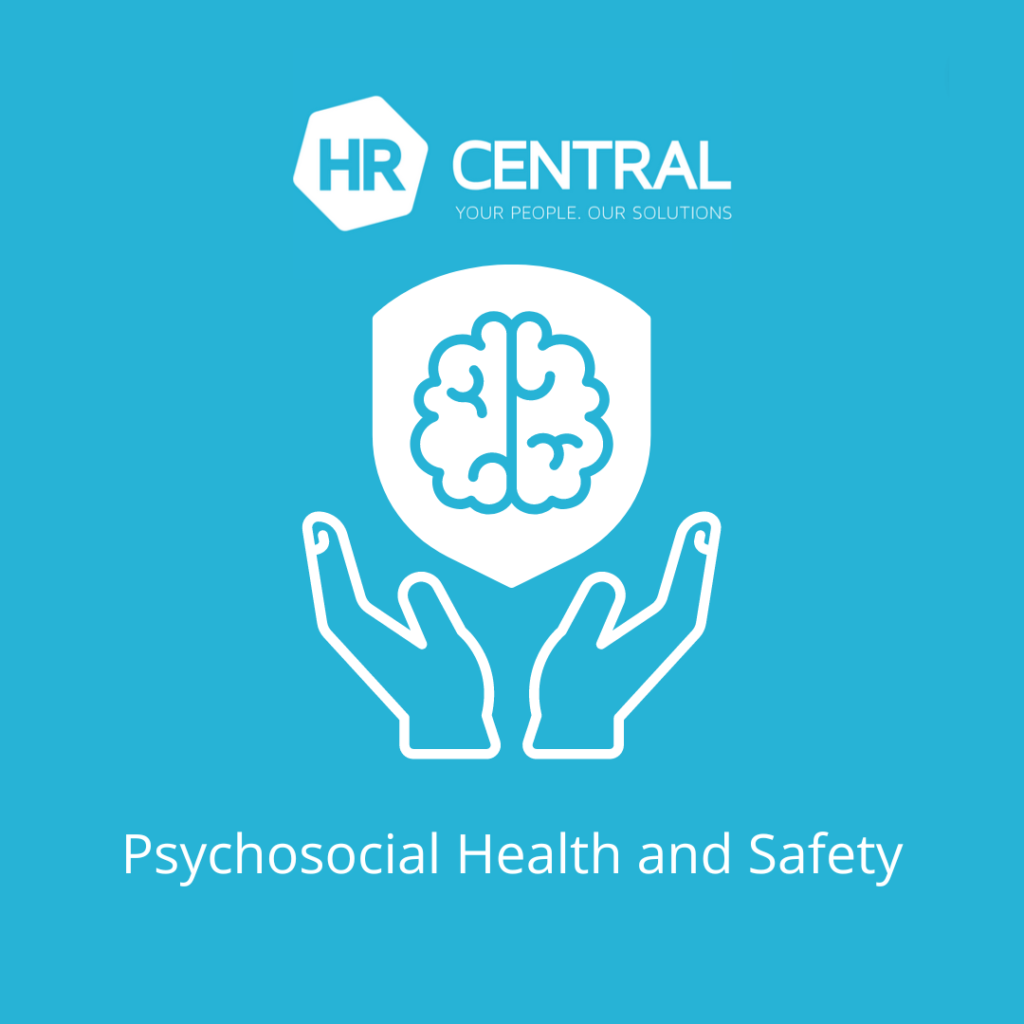Psychosocial health and safety in the workplace refer to the mental and emotional well-being of employees within an organisation. It encompasses creating an environment that fosters positive mental health, minimises harm, and supports employees in times of distress.
All employers hold a positive duty to address and eliminate (so far as is practicable) psychosocial hazards within the workplace and to provide a safe work environment.

What is a psychosocial hazard?
A psychosocial hazard is anything that could cause psychological harm, such as harm to someone’s mental health. Some psychological hazards include:
- High job demands
- Poor support in role
- Poor physical environment
- Poor organisational justice – one we’ll discuss later
- Remote/isolated work
- Violence or aggression
- Bulling, harassment, sexual harassment
- And poor workplace interactions (Safe Work Australia has published detailed information on psychosocial hazards that we have linked to below).
What can I do to comply with my positive duty?
Employers and business leaders should be modelling best practice standards and behaviours to provide a psychologically safe environment. Leaders have a significant impact on an employee’s mental health and need to ensure they are leading by example in prioritising and providing an environment that is free from psychological hazards.
Employers should be identifying and addressing psychosocial hazards within their workplace with the below steps:
1. Identify hazards – identify reasonably foreseeable hazards that could cause harm.
- Ask yourself: What could be causing harm? Is anything creating a psychosocial hazard? What are the employees experiencing?
2. Assess risks – assess the identified risk to determine what is reasonable to control the risk.
- Ask yourself: What harm could arise from these hazards? How significant is that impact? How likely is this harm to occur?
3. Control or eliminate risks – In the first instance, where possible, eliminate the risk. This is always the safest option, but if it isn’t possible, minimise the risk as much as possible through planning and prevention
- Ask yourself: What measures are in place to mitigate risk? How can I eliminate, or reduce the risk?
4. Review hazards and control measures – Controls must be effective, fit for purpose, and implemented correctly. Controls must also be reviewed and, if necessary, revised to ensure they remain fit for purpose.
- Ask yourself: Are there any new risks or developments to hazards? Do further changes need to be made? Has the environment changed? Are the controls still effective?
Employers need to know what hazards there are within their business and drive positive change. To be able to do this, business’s need to find the source of the hazard and look at meaningful ways to eliminate or control the hazard. This all starts with good job design, with adequate support mechanisms in place for all employees.
What are the benefits?
There are many benefits of a mentally healthy workplace, for employees and employers. Strong psychological health and safety will see employees more focused and productive at work and promote higher employee engagement. Employers who provide an environment that fosters inclusivity, trust and a focus on wellbeing will benefit from a stronger organisational reputation, lower absenteeism and increased customer satisfaction – all positive outcomes for the business.
Resources Available:
At HR Central, we understand the importance of psychosocial health and safety in creating a supportive and productive workplace. Providing employees with resources like Employee Assistance Programs (EAPs), including access to therapy, can not only improve mental well-being but also strengthen staff retention. To learn more about how EAPs can benefit your business, join us for our upcoming Fireside Webinar, where we’ll explore practical strategies for using EAPs to retain top talent. Don’t miss out on this valuable opportunity—register below
Alternatively, Safe Work Australia has published both their Model WHS Regulations and Model Code of Practice, which outlines on how employers should manage the risks within the workplace here.
And as always, we welcome you to contact our team if you have any questions regarding this matter or any other HR concerns.
